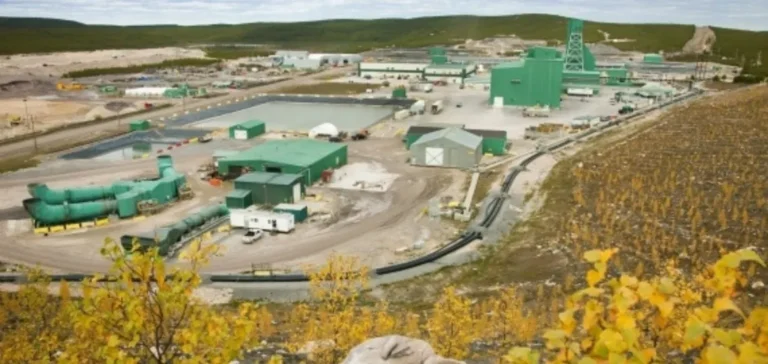Standard Uranium has published the results of a helicopter-borne Time Domain Electromagnetic (TDEM) survey over the Corvo uranium project, located in northern Saskatchewan. This operation, covering 12,265 hectares, identified 29 kilometres of conductive corridors considered priority targets for future exploration. The Corvo project is operated under a three-year option agreement with Aventis Energy Inc.
Detailed mapping to guide exploration
The survey was conducted by Axiom Exploration Group Ltd. in partnership with New Resolution Geophysics. The operation used the TDEM Xcite™ system, complemented by a total magnetic survey, for a total of 1,670.5 kilometres of lines. This technical system enabled the collection of high-resolution data, facilitating the detection of conductive and magnetic structures buried beneath the region’s glacial cover.
The digital modelling of this data aims to prioritise exploration targets ahead of a first drilling campaign in the first quarter of 2026. The programme is based on the interpretation of electromagnetic conductors, cross-referencing results from previous geochemical surveys, sampling, and historical drill holes with uranium intercepts.
Integration of geophysical and geochemical results
Standard Uranium’s exploration strategy also includes a ground gravity survey along the main conductive trends to identify possible hydrothermal alterations associated with basement-hosted uranium mineralisation. In July, the technical team carried out a prospecting and sampling campaign to validate historical uranium surface showings; collected samples were sent to the Saskatchewan Research Council laboratory in Saskatoon for analysis.
The Corvo project features shallow targets, near the Athabasca Basin, known for its high-grade uranium deposits. Several mineralised outcrops, including the Manhattan site, have historically yielded values up to 59,800 ppm U at surface. These occurrences, never tested by drilling, present opportunities for the 2026 exploration programme.
Outlook for Corvo project development
Current work is part of the preparation for the first technical report compliant with NI 43-101 standards for Corvo. This document will incorporate all data collected in 2025 and guide the upcoming drilling strategy. The conductive corridors identified by the TDEM survey are now considered key axes for the search for basement-type uranium mineralisation, in a geological setting similar to the discovery of the Gemini deposit.
Sean Hillacre, President and Vice President Exploration of Standard Uranium, indicated that confirming these conductive corridors marks a key milestone in unlocking the exploration potential of the Corvo project.






















